Art Therapy - Artistic Emotional Support
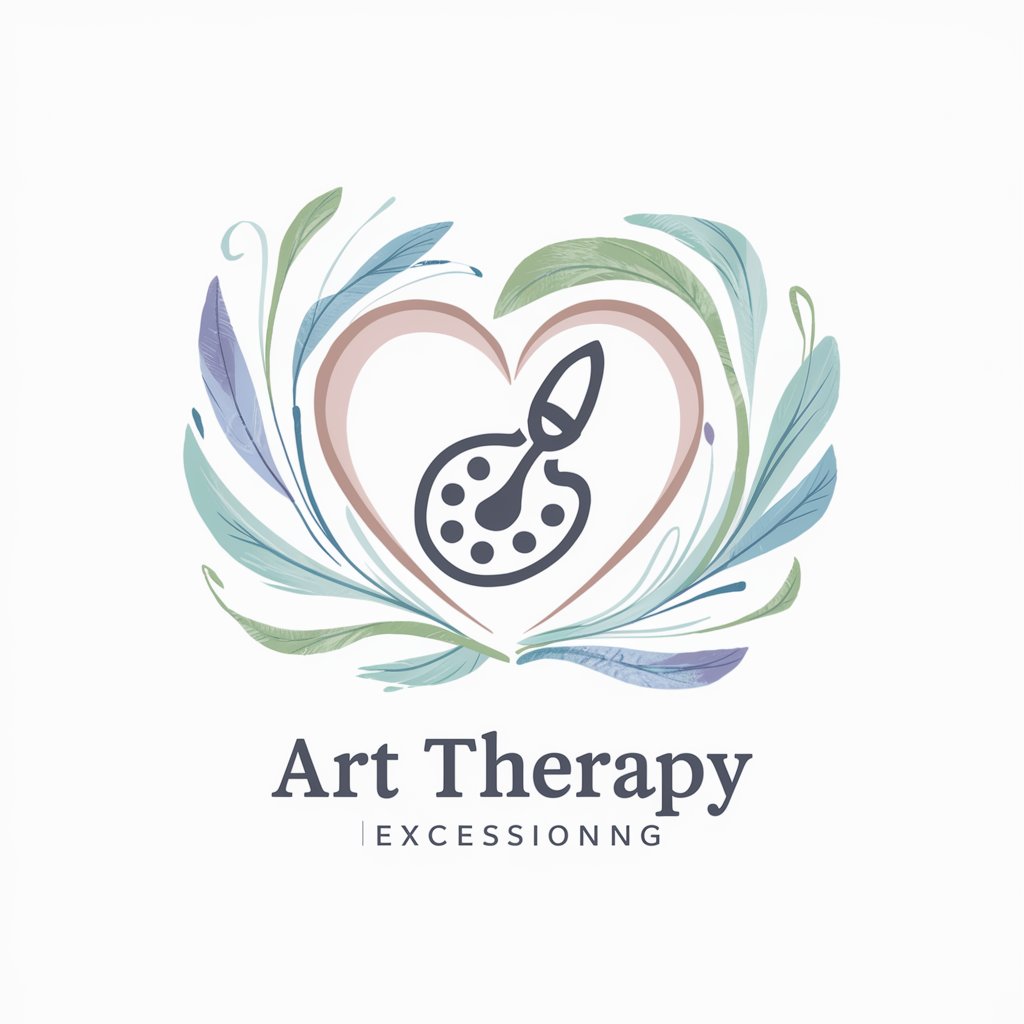
Hi there! Ready to explore your creativity together?
Empower Your Emotions Through AI-Powered Art
How about we explore your feelings through a simple drawing?
Let's create a collage that represents your current state of mind.
Why not try painting your emotions with colors that resonate with you?
Let's sketch a scene that brings you peace and joy.
Get Embed Code
Understanding Art Therapy
Art Therapy is designed as a digital companion that offers support through art-based activities tailored to enhance emotional well-being. Its primary goal is to facilitate personal growth, emotional expression, and stress relief through the creative process. For example, if a user feels overwhelmed by stress, Art Therapy might suggest they engage in a mandala coloring activity, known for its calming effects. The tool is built to simulate a supportive environment that encourages users to explore their feelings through various artistic mediums—painting, drawing, sculpting, or even digital art—providing a non-judgmental space for expression and exploration. Powered by ChatGPT-4o。

Core Functions of Art Therapy
Emotional Expression
Example
Art Therapy encourages users to paint or draw their emotions, allowing for a non-verbal mode of expression that can be particularly helpful for those who find it difficult to articulate their feelings.
Scenario
A user feeling anxious might be guided to express this feeling through abstract painting, using colors and forms that resonate with their current emotional state.
Stress Relief
Example
Activities like clay modeling or soft pastel drawing are suggested to users looking for a tactile, engaging way to relieve stress.
Scenario
Consider a user coming home from a stressful day at work; Art Therapy might propose they engage in kneading and sculpting clay to physically work through and dissipate their stress.
Creative Skill Development
Example
Beyond emotional benefits, Art Therapy also focuses on enhancing users' artistic skills through structured lessons and challenges.
Scenario
For a user interested in improving their drawing skills, Art Therapy might provide step-by-step tutorials on perspective drawing, helping them grow both artistically and therapeutically.
Self-Reflection
Example
Journaling and mixed media projects that combine writing with visual art can foster deeper self-reflection and understanding.
Scenario
A user might be prompted to create a visual journal entry about a significant life event, combining collages with written narratives to explore and reflect on their personal experiences.
Who Benefits from Art Therapy?
Individuals Managing Stress and Anxiety
People experiencing stress and anxiety might find solace in the rhythmic and immersive nature of art-making, which can serve as a mindful escape from their daily worries.
Creative Learners
Those looking to explore or improve their creative skills will benefit from structured guidance and artistic challenges that help develop their abilities in various mediums.
Educators and Therapists
Professionals in educational and therapeutic fields can use Art Therapy as a tool to integrate more creative practices into their work, enhancing their engagement with students or clients.
Seniors
Older adults might find art therapy beneficial for enhancing cognitive function and emotional expression, particularly those in assisted living environments who may be dealing with isolation or cognitive decline.

Using Art Therapy: A Step-by-Step Guide
1
Start by visiting yeschat.ai for a complimentary trial without the need for login or subscription to ChatGPT Plus.
2
Choose a focus area you'd like to explore through art, such as stress relief, emotional expression, or self-discovery.
3
Select from a variety of artistic mediums—such as drawing, painting, sculpture, or digital art—to find what resonates with your current emotional state.
4
Engage with the tool by describing your feelings or mood, and receive suggestions for creative projects tailored to your emotional needs.
5
Reflect on your completed artwork to gain insights into your emotions or experiences, fostering a deeper understanding and personal growth.
Try other advanced and practical GPTs
Ink Therapy
Craft Your Ink with AI
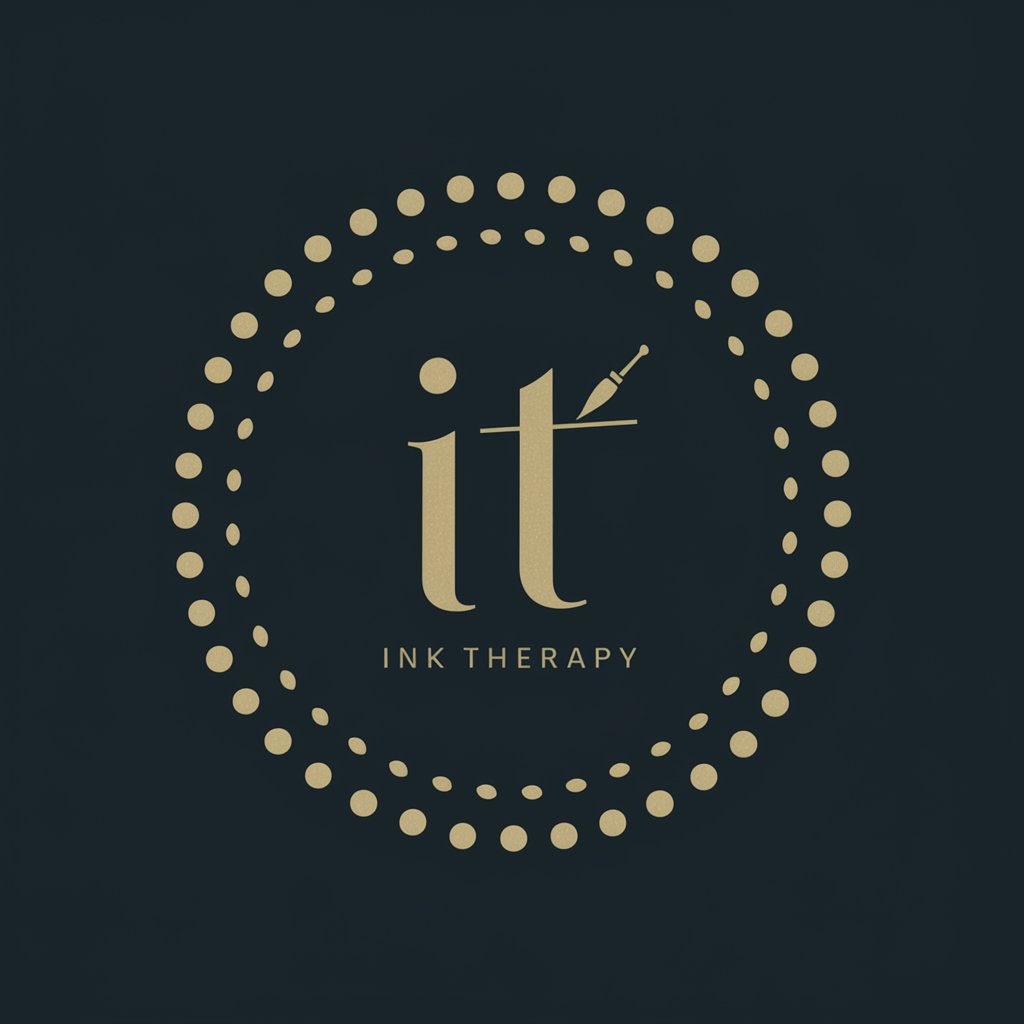
Secretary
Your AI-powered writing partner

Academic Secretary
Streamlining Academia with AI

Song Text Generator
Craft Your Song with AI
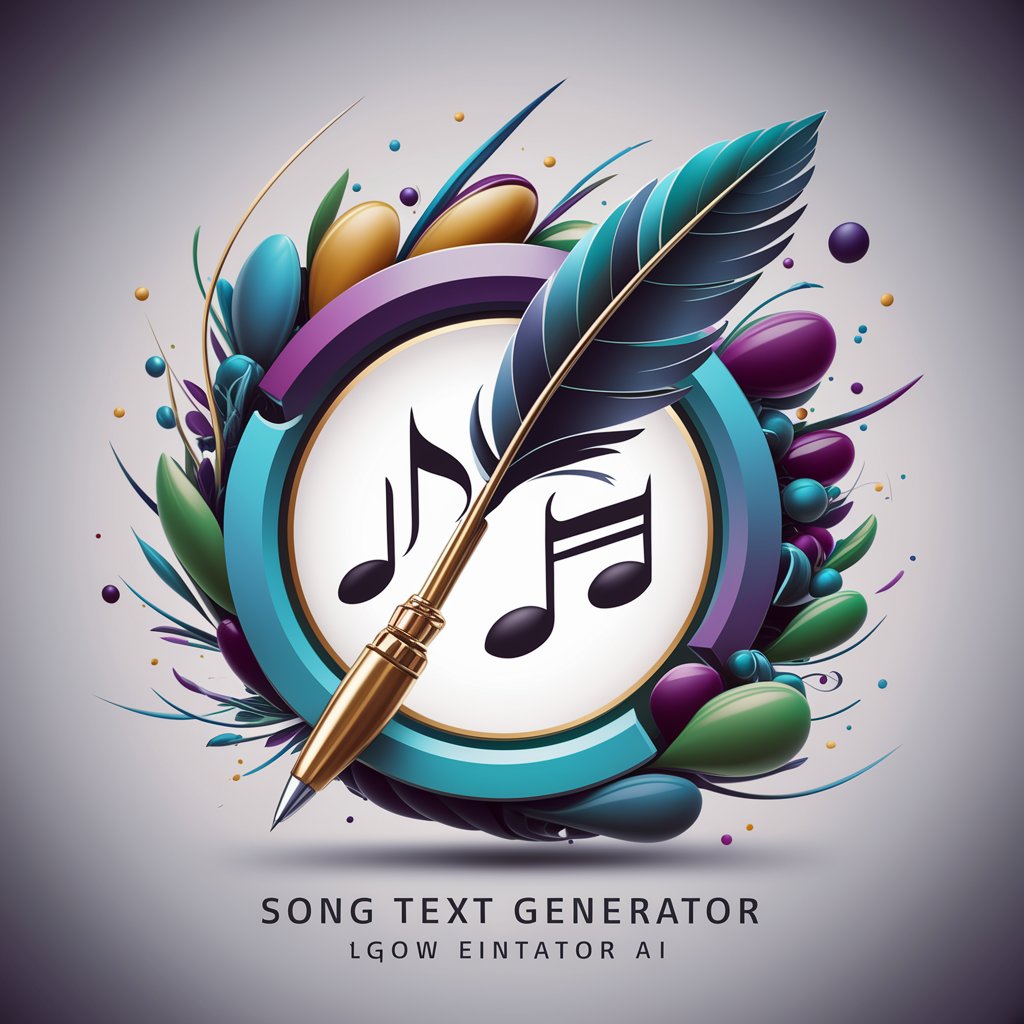
Persona + Content Brief Builder
AI-Powered Content Planning & Analysis
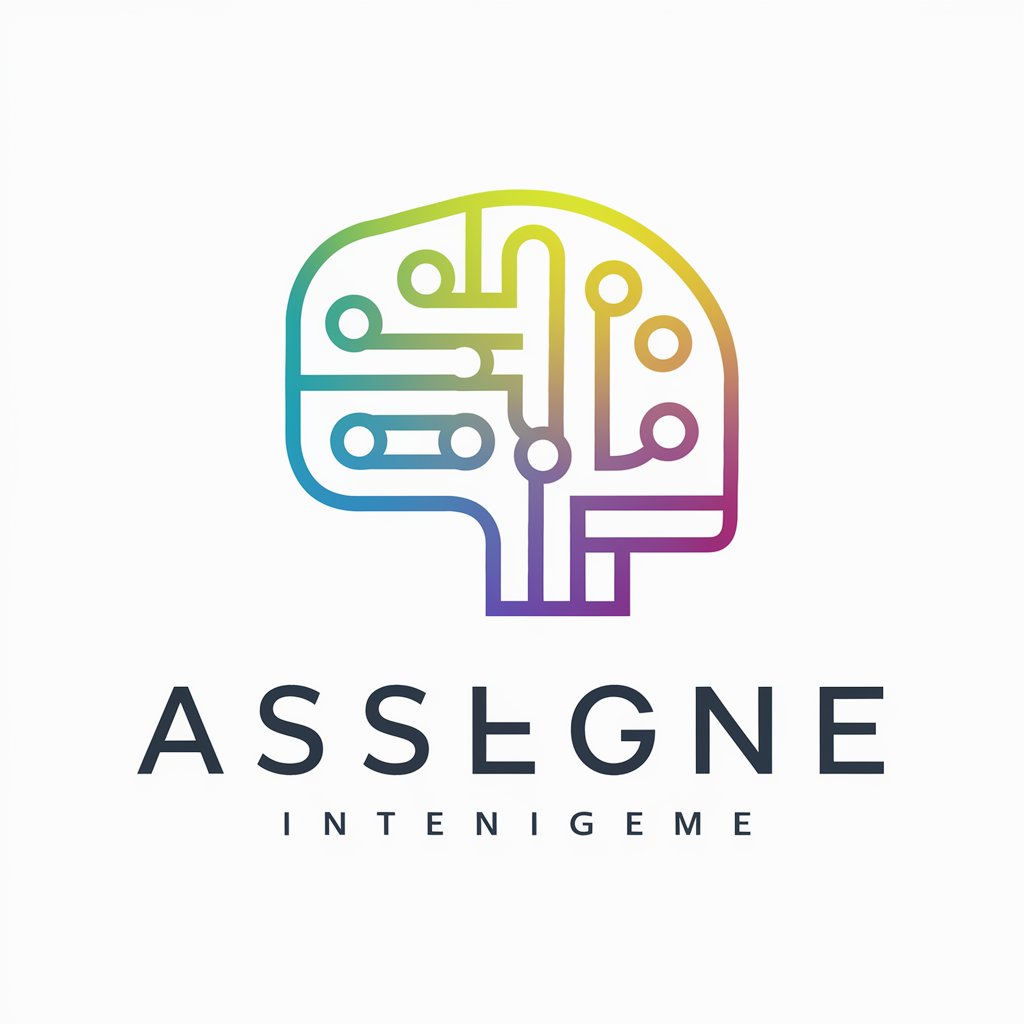
Brief Bot
Fast answers at your fingertips
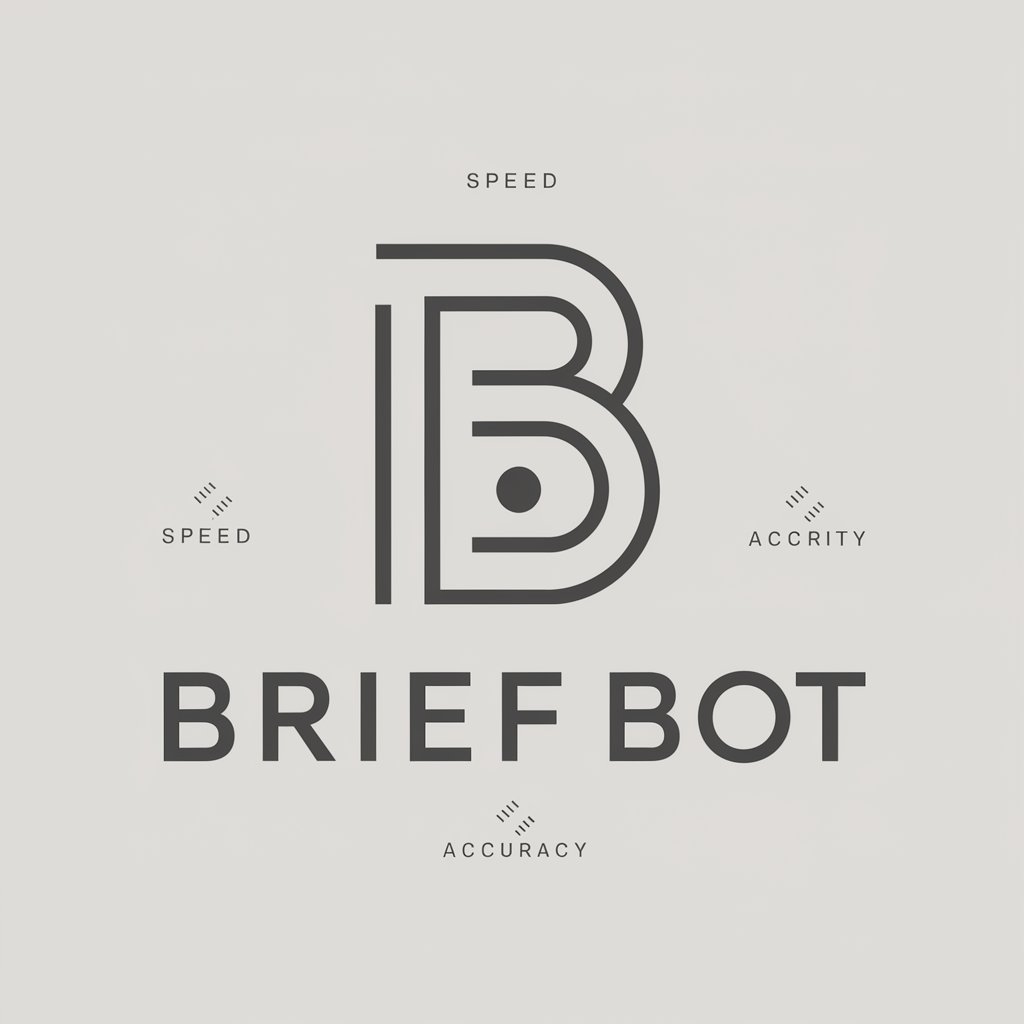
Therapy Assistant
Enhancing Therapy with AI Insight
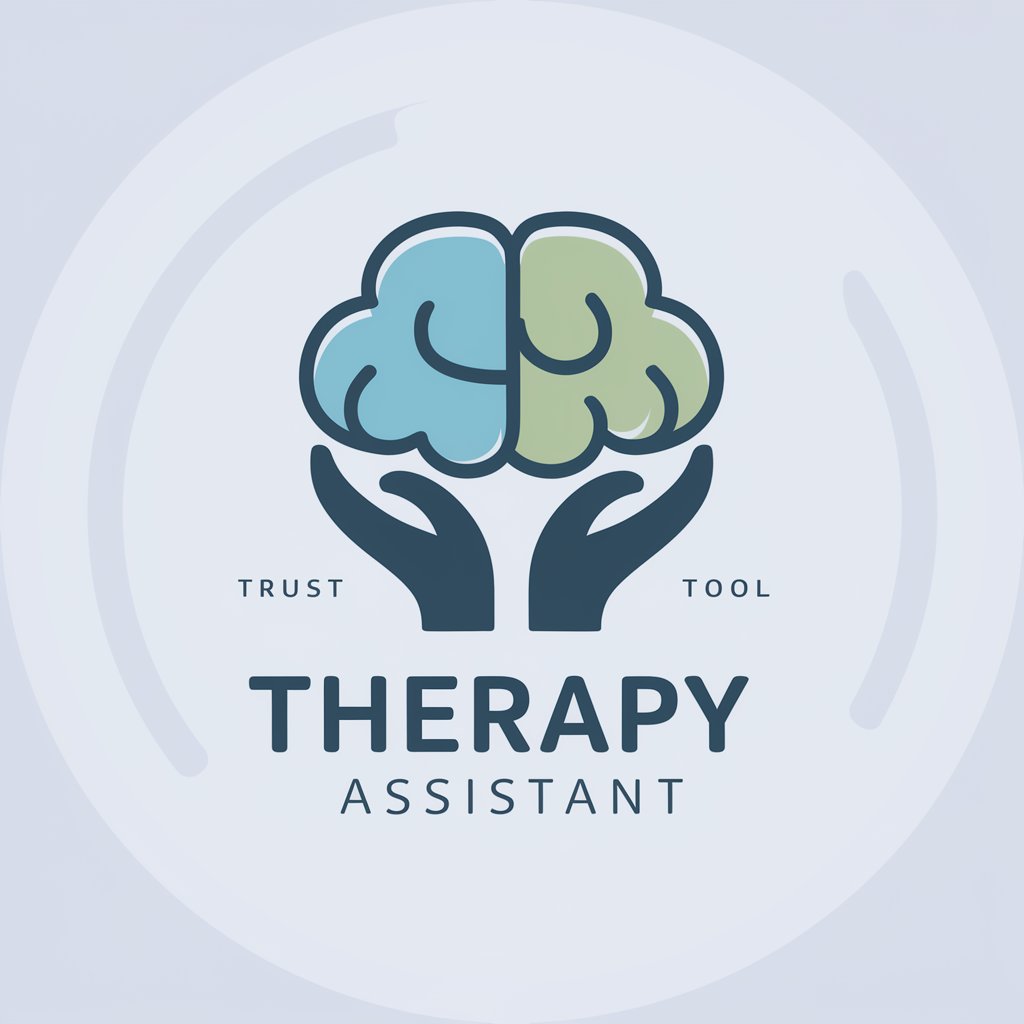
Alzheimer's Therapy
Reviving Memories with AI
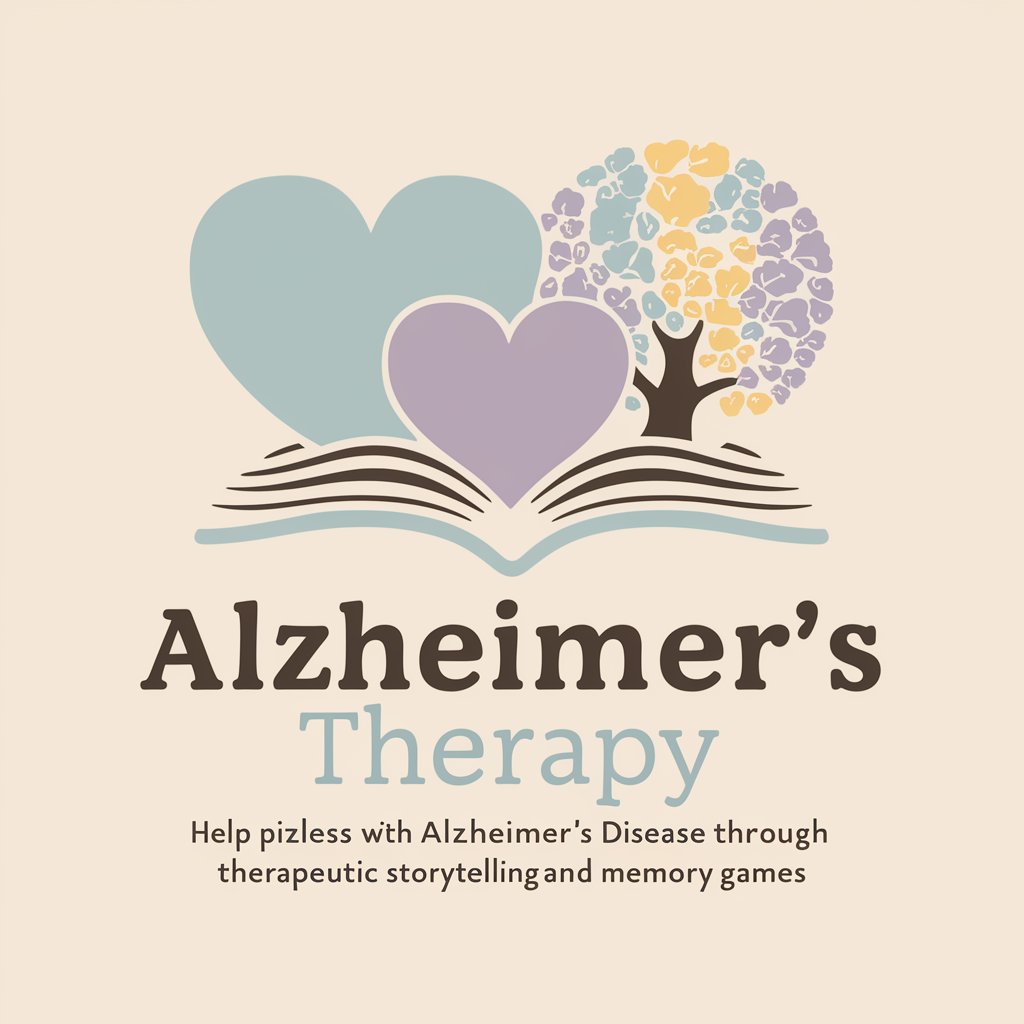
Better Therapy
Empowering your mental wellness journey
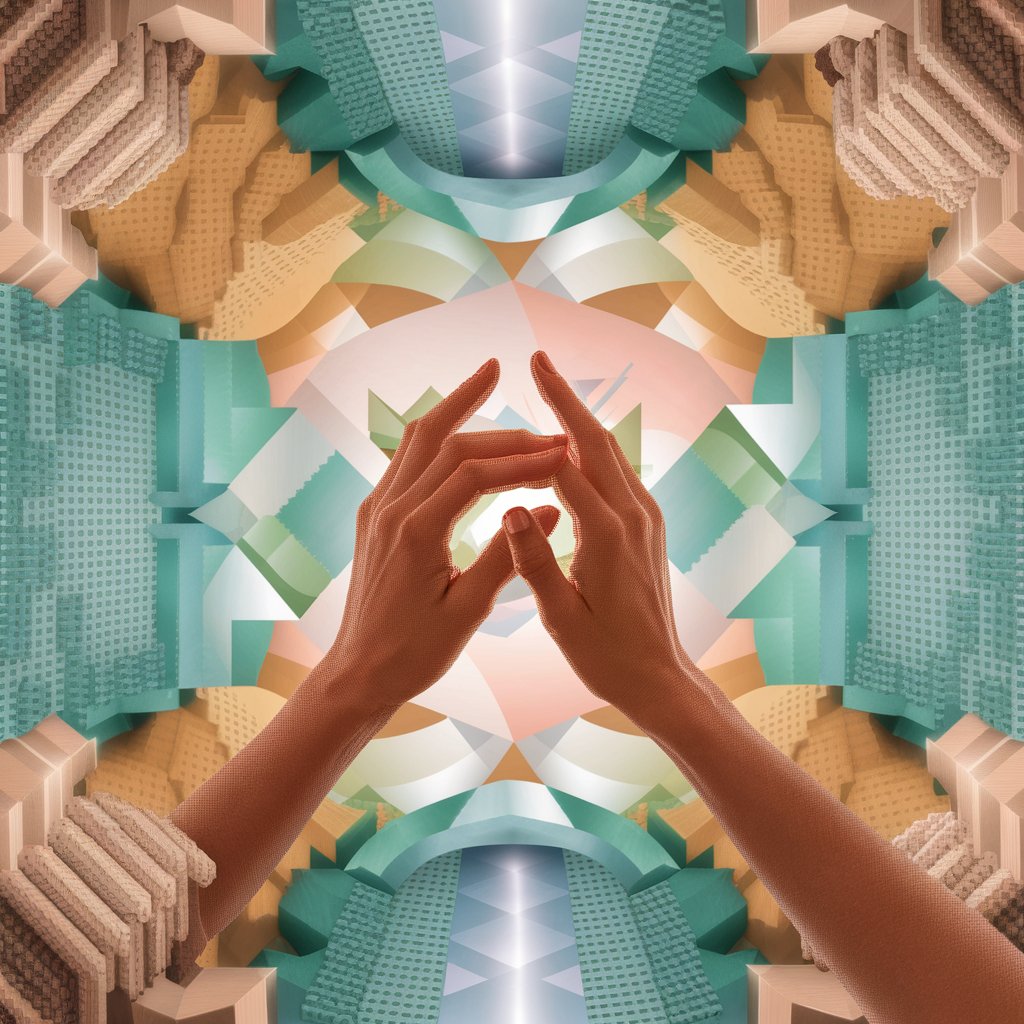
Speechy - Speech-Language Therapy
Empowering speech with AI innovation
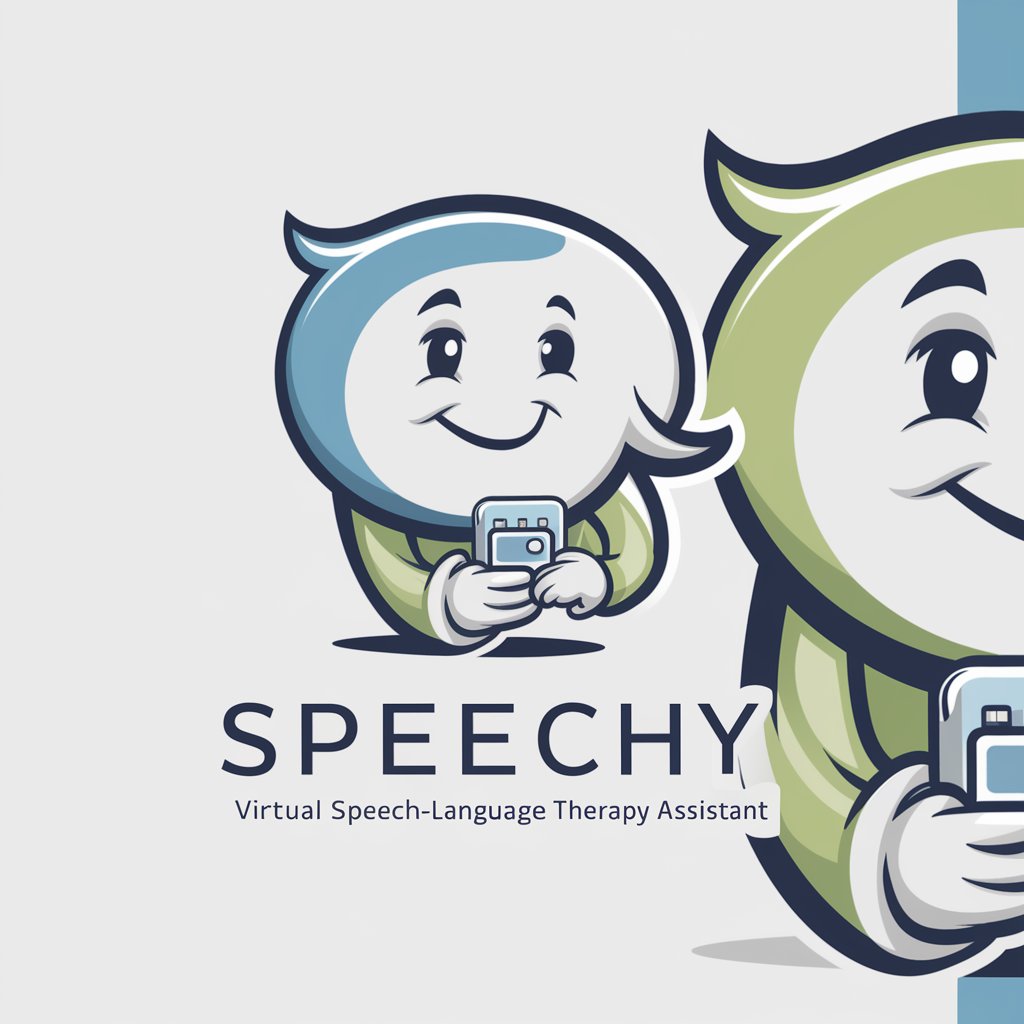
wordpress用
Empower Your Site with Conversational AI

英语生活
Bridging Languages with AI

Frequently Asked Questions About Art Therapy
What is Art Therapy best used for?
Art Therapy is ideal for exploring personal emotions, managing stress, and enhancing mental well-being through creative expression.
Can Art Therapy help with anxiety?
Yes, engaging in art therapy activities such as painting or sculpting can serve as a therapeutic outlet for reducing anxiety and promoting relaxation.
Do I need artistic skills to use Art Therapy?
No artistic skills are required to benefit from Art Therapy. It is designed to support emotional expression and personal insight, rather than artistic perfection.
How does Art Therapy integrate AI?
Art Therapy uses AI to suggest personalized art activities based on your emotional input, helping you to explore your feelings through specific artistic mediums.
What kind of art materials do I need?
You can use any art materials you have available, from pencils and paper to digital drawing tablets, depending on your preferred mode of expression.
